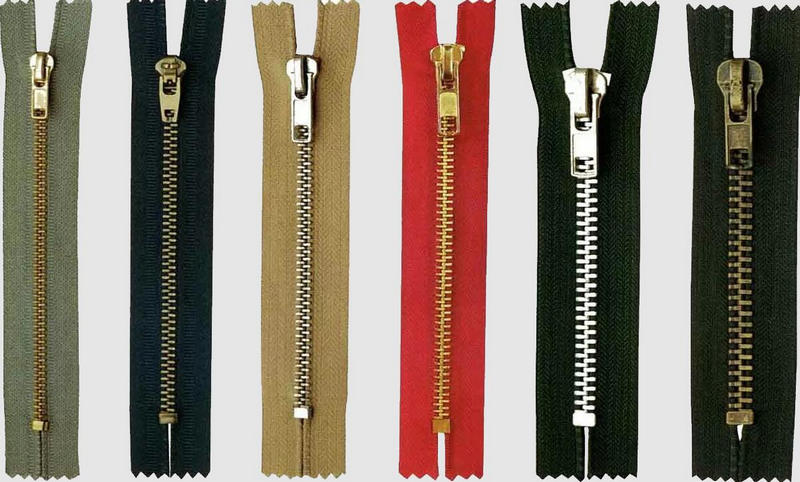
NewsInformation Center
Zipper Compatibility Testing with Different Fabrics and Materials
2023/07/17
Zipper compatibility testing is the process of evaluating the fit and performance of zippers with different fabrics and materials.
Here are some suggested methods and steps for conducting zip compatibility testing:

Here are some suggested methods and steps for conducting zip compatibility testing:
1. Select fabrics and materials: According to actual application requirements, select representative fabrics and materials, including but not limited to cotton, polyester, nylon, leather, etc. Make sure that the types of fabrics and materials selected are broad and cover the different situations and requirements that the product may encounter.
2. Prepare zipper samples: Use zipper samples of different types and specifications, and prepare an appropriate amount of samples for testing. Make sure the zipper samples are representative and cover the different zipper types that may be used such as metal zippers, plastic zippers and spiral zippers.

3. Cut and sew the fabric: Depending on the fabric and material chosen, cut out the appropriate size sample. Sample edges can be sewn for structural stability if desired.
4. Install the zipper: Sew or pin the zipper to the fabric sample, making sure the zipper is fully attached and firmly bonded to the fabric. Make sure there is no noticeable stretching or deformation of the zipper during installation.
5. Test compatibility: test each zipper sample, the method can include the following aspects:
- Functional test: Open and close the zipper repeatedly to make sure it works smoothly without jerking or snagging.
- Alignment Test: Pull the zipper to see if the zipper teeth are properly aligned and connected securely together to ensure proper operation and reliability of the zipper.
- Strength testing: Applying an appropriate pull or stretch force, evaluates the bond and durability of the zipper to the fabric to ensure they can withstand the stress of normal use conditions.
- Environmental testing: Test the compatibility of zippers and fabrics under different environmental conditions, such as temperature changes, humidity changes, etc.
6. Record and analyze data: Record the results of the zipper test, including any problems or anomalies found. Analyze the results based on the test data, evaluate the compatibility between the zipper and the fabric, and determine if improvements or adjustments are required.
By conducting compatibility tests between zippers and different fabrics and materials, it is possible to ensure that the quality and performance of the product meet the requirements and meet the expectations of users.
Previous: 9 Environmental Factors Affecting Zipper Abrasion Test
N e x t : Comparative analysis of tear strength of different materials



